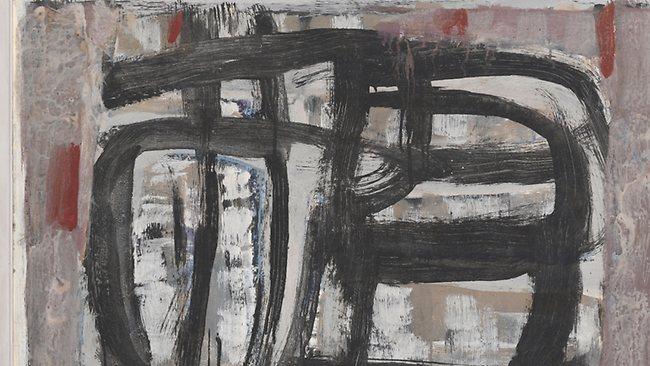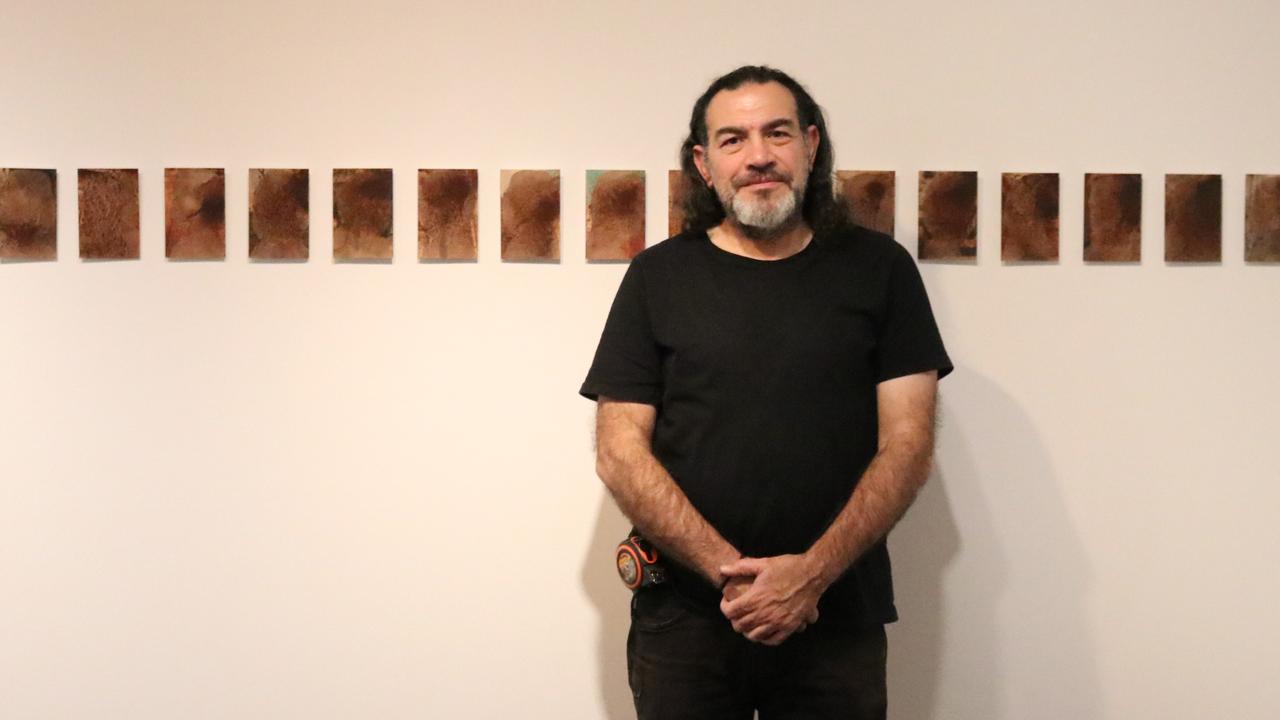Fairweather's isle of dreams
THE artist enjoyed the company of others more than his reputation suggests.

IT'S easy to mythologise Ian Fairweather. The Scottish-born artist almost died at sea after he set sail from Darwin on a makeshift raft. Then in 1953 he moved to Queensland's Bribie Island and lived in two Polynesian-style thatched huts that he made himself.
He became known as the "hermit of Bribie Island", but artist Lawrence Daws, who lived on the island too, describes this label as misleading.
"People called him a hermit, but he quite liked a bit of company and people would call in," Daws says. "We were very good friends. We used to play chess a lot and we used to drink a bit and we'd go on picnics and things."
Daws and his second wife moved to Bribie in 1970 before they went to live in the Glass House Mountains. Daws says Fairweather enjoyed chatting with visitors, who through the years included artists such as John Olsen and Margaret Olley. He also made weekly trips to the local library.
"A hermit would not do that," Daws says. "All I know is that he was a man of great dignity. He was quite humble in his own way."
In Brisbane tomorrow, Daws, who is now based in South Australia, will reflect on the Bribie years when he gives a talk at the new Fairweather exhibition at Queensland Art Gallery. The exhibition of 35 paintings is dedicated to Fairweather's artistic output on Bribie Island, where he lived until his death in 1974.
"If he'd been cramped in a suburban area with flats all around I don't think he would have the same freedom and sense to do what he did," Daws says. "In that sense it was quite important that he was isolated in the landscape."
Curator Angela Goddard says the mythology surrounding Fairweather and his adventures has become as well known in the public imagination as his art. "Over time the stories of him being a hermit and the raft journey have overtaken the consideration of the works themselves," she says.
"I was really keen to bring the focus back on to some of the key artistic preoccupations in his works during those Bribie years."
The gallery held Fairweather retrospectives in 1965 and 1994. For this show, it has focused on the Bribie period after former Gold Coast art dealer Win Schubert gave 13 Fairweather works to the gallery in recent years.
One of eight in the exhibition is Composition 1 (1961), which shows how the artist's time living and working in China continued to influence his work.
"It's comprised of some heavy gestural black markings that actually recall Chinese characters," Goddard says.
The exhibition shows Fairweather's shifting styles. It also shows how he turned his brush to Bribie Island scenes, such as in MO, PB and the ti-tree (1965) in which he depicted Margaret Olley and Queensland poet Pamela Bell. "There's this unmistakable profile of Olley with a hat on," Goddard says. "That's a very affectionate picture documenting a visit by his friends."


